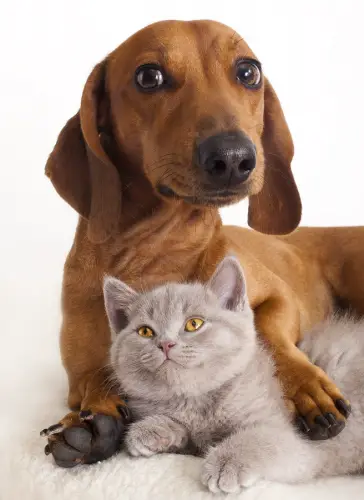
Browse Categories
- Dog Boot Camps
- Test
- Test
- Dogs Please Clicker Training
- Pet Insurance Comparison
- Exercising Pets With An E Scooter
- 10 Reasons Why Guinea Pigs Are Wholesome Little Pets
- Why You Should Use a Shed to House Your Pet
- How can Dog Owners Keep their Carpets Clean?
- How to Keep Your House in Order With Large Pets
- What is the Best Way to Feed a Puppy to Keep Them Healthy
- Pets Please
- All Animals and Pets
- Dogs and Puppies
- Cats and Kittens
- Birds
- Fish
- Reptiles
- All Other Small Pets
- Claws 'N' Paws Events
- PetsInLimbo/Greys4PetsInc.
News Search
PetsPlease News and Advice
Checking Your Cat and Dog For Common Illnesses Of The Neck, Mouth and Larynx
Your pet`s head and neck areas are what you look at to diagnose most of their illnesses and diseases. If you can get an early diagnosis of an enlarged lymph node, for example, could mean the difference between life and death. Here are some common diseases and some natural pet remedies you can try.
First, look at your pet`s mouth. The chin of a cat can get infected, which is a condition called Feline Acne. One of the best treatments for this is topical Calendula. The cat`s lips should look smooth and have no signs of swelling or inflammation.
In large breed dogs that have a lot of extra skin, pay close attention to their lip folds because if saliva collects, then wipe the area with a medicated antiseptic.
Pick your pet`s lips up and look at their teeth closely. Their gums should be a healthy pink color except in breeds like Chows, that have a dark pigment. Look very closely at the spot where the teeth begin, as inflamed gums look darker red and might even bleed if you touch them. This is a symptom of Gingivitis and could mean your pet needs his teeth cleaned.
Some home remedies for this include, Propolis, which is a product of honeybees. It is an oral antiseptic and applied topically to the gums. You can also try Calendula lotion and it can be used to heal ulcers of the mouth and speed healing of damaged tissue.
Dogs have 42 teeth and cats have 32 teeth, which you should examine for any that are broken or cracked. Pay close attention to where the teeth join the gum line in cats as they can suffer from a condition called FORL or Feline Odontoclastic Resorptive Lesion. This spot is where the tooth erodes and the only answer may be to pull it. It is important to catch it early as it is very painful for the cat.
At the palpate base of the jaw and the beginning of the neck is where you can feel the corner of the bottom jaw, or mandible. You should be able to feel the parotid salivary gland and the submandibular lymph nodes. Most times, you won`t feel anything in this spot, but if there is palpable swelling, the lymph nodes are more than likely enlarged, suggesting there is an infection in the body.
Other areas to check include; the front of the shoulder blades, where the prescapular lymph nodes are and the spot behind the knees in the back legs is where the popliteal lymph nodes are located. If these nodes are inflamed, it could be a local or generalized infection or cancer.
If your pet has swollen lymph nodes, you should get him vet-checked right away as this is serious and it is important to catch it in the early stages. You can stimulate your pet`s immune system by giving herbs such as Green Tea or Camellia and it can also inhibit tumor growth.
The standard dosage of Green Tea Extract is 200 mg. per 40 pounds, daily. Essiac Tea and this is a combination of herbs that may also inhibit tumor growth and Garlic, and is not only an immune boosting herb, but is also an antioxidant. It is best used with other antioxidants. If given in high doses, it can cause Anemia in your pet, so always consult your vet on the proper dose for your pet. The normal dog dose is 1 clove per 50 pounds, daily and the cat dose is 1/8 clove, daily.
The last area, the Larynx or Adam`s Apple, is where you should place your thumb and forefinger, along the windpipe (trachea) until you feel the large firm cartilage in the middle of the neck, which is the Larynx. You should find, in palpation, that with mild pressure, your pet shows no signs of discomfort and doesn`t cough.
Pay close attention to this spot as this is where the thyroid is. If your cat is over 10 years old, check for hyperthyroidism and the gland is enlarged and palpable. Use supplements like Carnitine, which has shown success in reversing the signs of hyperthyroidism in people. The starting dose is 250 mg., daily.
Bugleweed (Lycopus europeus) and Melissa (Melissa officinalis) have been used together to fight hyperthyroid disease. The standard dose is 1 drop per pound of the tinctures, given twice daily.
For more info, you can visit: www.veterinarysecretsrevealed.com

